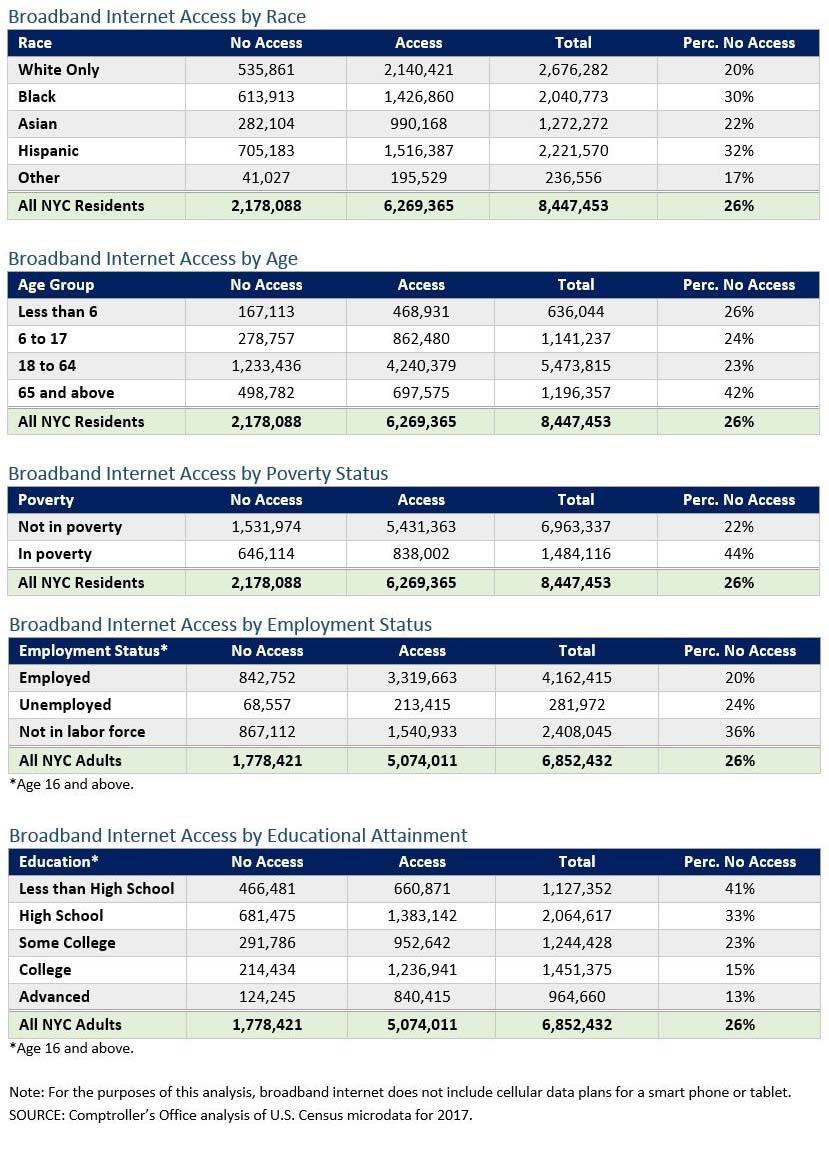Geoffrey S. Berman, the United States Attorney for the Southern District of New York, William F. Sweeney Jr., the Assistant Director in Charge of the New York Field Office of the Federal Bureau of Investigation (“FBI”), and James P. O’Neill, the Commissioner of the New York City Police Department (“NYPD”), announced today the unsealing of a complaint charging GARRETT KELSEY with sending threats to a Manhattan-based Jewish organization (the “Victim Organization”) by email and phone. KELSEY was arrested in Cedar Rapids, Iowa, this morning and is expected to be presented before a Magistrate Judge in the Northern District of Iowa.
Manhattan U.S. Attorney Geoffrey S. Berman said: “As alleged, Garrett Kelsey repeatedly conveyed obscenity-laden and hate-filled threats to a Jewish organization by phone and email. The alleged conduct is not protected speech. As charged, the conduct – making interstate threats – is a federal crime punishable by years in prison.”
FBI Assistant Director William F. Sweeney Jr. said: “The FBI will always follow threats that cross the line of free speech and threaten the safety of individuals and groups, especially when those threats are based on a religion or race. The fact that Mr. Kelsey allegedly continued his threatening behavior even after being informed that his previous actions were not protected speech makes his actions more abhorrent.”
Police Commissioner James P. O’Neill said: “The investigative efforts of New York City law enforcement are relentless and far-reaching. Whenever individuals – wherever they are based – pose a threat, the NYPD and our partners will work tirelessly to keep people safe. I thank our colleagues at the FBI and the Southern District for their partnership.”
As alleged in the Complaint unsealed today in Manhattan federal court[1]:
In late May 2019, KELSEY made violent threats by phone and email to the Victim Organization. On May 23, KELSEY called the Victim Organization and spoke briefly with one of its employees. A short time later, KELSEY called that employee’s number back and left a voicemail for the Victim Organization stating, “My people have fucking slaughtered your fucking people before and we will do it again. And right now, you are giving us incentive to do that . . . . Filthy fucking Jews.”
Later that same day, KELSEY sent the Victim Organization an email demanding that the Victim Organization remove a video about Nordic Neo-Nazis that the Victim Organization had uploaded to the Internet. KELSEY wrote: “Everywhere Jews go in the world they cause trouble. You have 3 days to remove this video and offer an apology to the Asatru community or we will be taking action against your organization full of degenerates.” “Asatru” appears to have been a reference to a religious movement recently linked to anti-Semitic and other racist groups.
The next day, KELSEY participated in a voluntary interview with law enforcement, during which he admitted to sending the threatening email and voicemail to the Victim Organization.
Approximately one week after his voluntary law enforcement interview, KELSEY changed the cover photograph associated with his Facebook account. The new cover photograph depicted Jewish residents of a ghetto in Warsaw, Poland, lined up facing a wall with their hands up. Those residents were detained after an uprising during World War II and ultimately were transferred to Nazi concentration camps.
KELSEY, 31, of Cedar Rapids, Iowa, is charged with one count of interstate transmission of threats to injure a person, which carries a maximum sentence of five years in prison. The maximum potential sentence in this case is prescribed by Congress and is provided here for informational purposes only, as any sentencing of the defendant will be determined by the judge.
Mr. Berman praised the outstanding efforts of the FBI’s New York Joint Terrorism Task Force, which principally consists of agents from the FBI and detectives from the New York City Police Department. Mr. Berman also thanked the U.S. Attorney’s Office for the Northern District of Iowa. Mr. Berman noted that the case is ongoing.
This case is being handled by the Office’s Terrorism and International Narcotics Unit. Assistant United States Attorney Stephanie Lake is in charge of the prosecution.
The charge contained in the Complaint is merely an accusation, and the defendant is presumed innocent unless and until proven guilty.
[1] As the introductory phrase signifies, the entirety of the text of the Complaint, and the description of the Complaint set forth herein, constitute only allegations, and every fact described should be treated as an allegation.










.jpg)